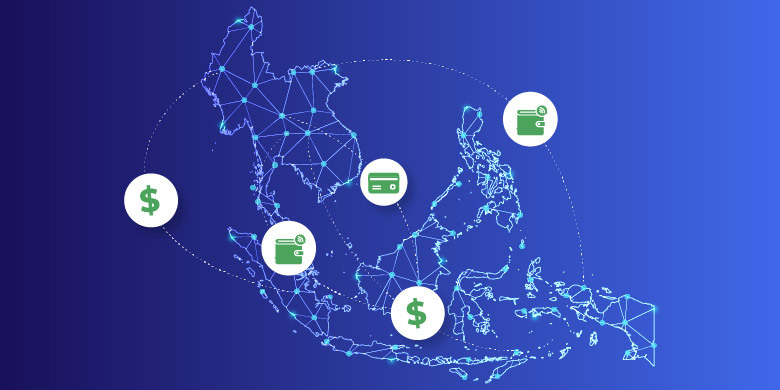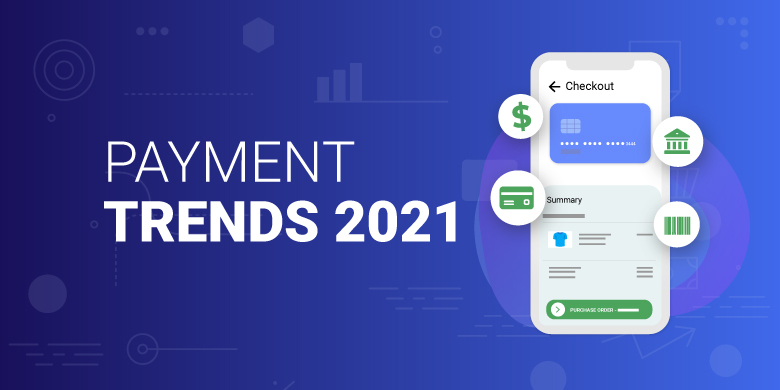Why Chargeback Fraud Hurts Merchants and How They Can Fight Back

With global e-commerce and cybercrimes on the rise, one of the greatest threats merchants face in today’s digital environment is revenue loss due to chargeback fraud.
Emarketer reports the global digital commerce market will grow from $3.54 trillion in 2019 to an estimated $6.54 trillion in 2023, an increase of 84% over the next four years. The Asia-Pacific region, most notably China, makes up a large margin of the e-commerce business being conducted, representing over 64% of the overall market.
How chargeback fraud hurts merchants
Overall, chargebacks − both fraudulent and friendly − totaled $31 billion in 2018, according to research-based advisory firm Javelin. This is a staggering number that directly impacts merchants’ bottom lines all over the world. However, as the report goes on to say, this figure does not paint the full picture of total losses due to chargebacks. There are many other costs that go beyond the initial transaction, including chargeback fees, loss of shipping costs, waste of transaction processing fees, and allocation of resources required to dispute charges.
Then there’s the indirect costs. The more chargebacks a merchant experiences, the more damage a merchant suffers to their finances, reputation, and ability to service their e-commerce customers. Indirect costs associated with fraudulent chargebacks include a depleted inventory of goods, adverse impact to the brand, or loss of trust with the merchant.
For merchants seeking to expand their business into emerging global markets, trust is key. Merchants must be careful when evaluating which global markets to enter, and chargeback risk unfortunately can sometimes be one of the biggest deterrents.
Why merchants in emerging markets are at greater risk
Midigator, a company providing chargeback management software, recently published a report outlining emerging markets which are at a higher risk of chargeback fraud. These markets include Bahrain in the Middle East, Bhutan in South Asia, Guatemala in Central America, and Malta in Europe. This report shows how diverse chargeback fraud is from a geographical view, showing how due diligence is needed when selecting which markets to enter from a retail e-commerce standpoint.
How merchants can fight back
Firstly, chargebacks are a payments issue. Merchants should prioritize working with a payments provider that can help prevent and protect them from financial damage due to chargebacks, allowing them to grow and enter new markets without fear.
This means being able to analyze behavioral activity in credit card transactions to help predict and block fraudulent charges before they occur, while allowing legitimate payments to flow seamlessly through customers’ payment platforms. Firms with local expertise are often able to better recognize specific patterns to separate legitimate transactions from fraudulent ones.
Protection is also just as important as prevention. In the case of a chargeback, opt for a firm that can provide 100% guaranteed coverage to help normalize cash flow, maximize conversions, boost revenues, and penetrate markets that would otherwise carry a higher risk of chargebacks.
Growing businesses should not have to accept chargeback fraud as the cost of doing business anymore. Cybercriminals are exploiting digital payment systems for illicit gain, leaving innocent, hard-working businesses to suffer. Fortunately, there are ways merchants can fight back and get their global growth plans back on track.
dLocal has recently launched the Chargeback Protector, a new service that works in tandem with dLocal Defense, a fraud-detection module that identifies and addresses fraud in real-time. Learn more about the Chargeback Protector in our PR here.









